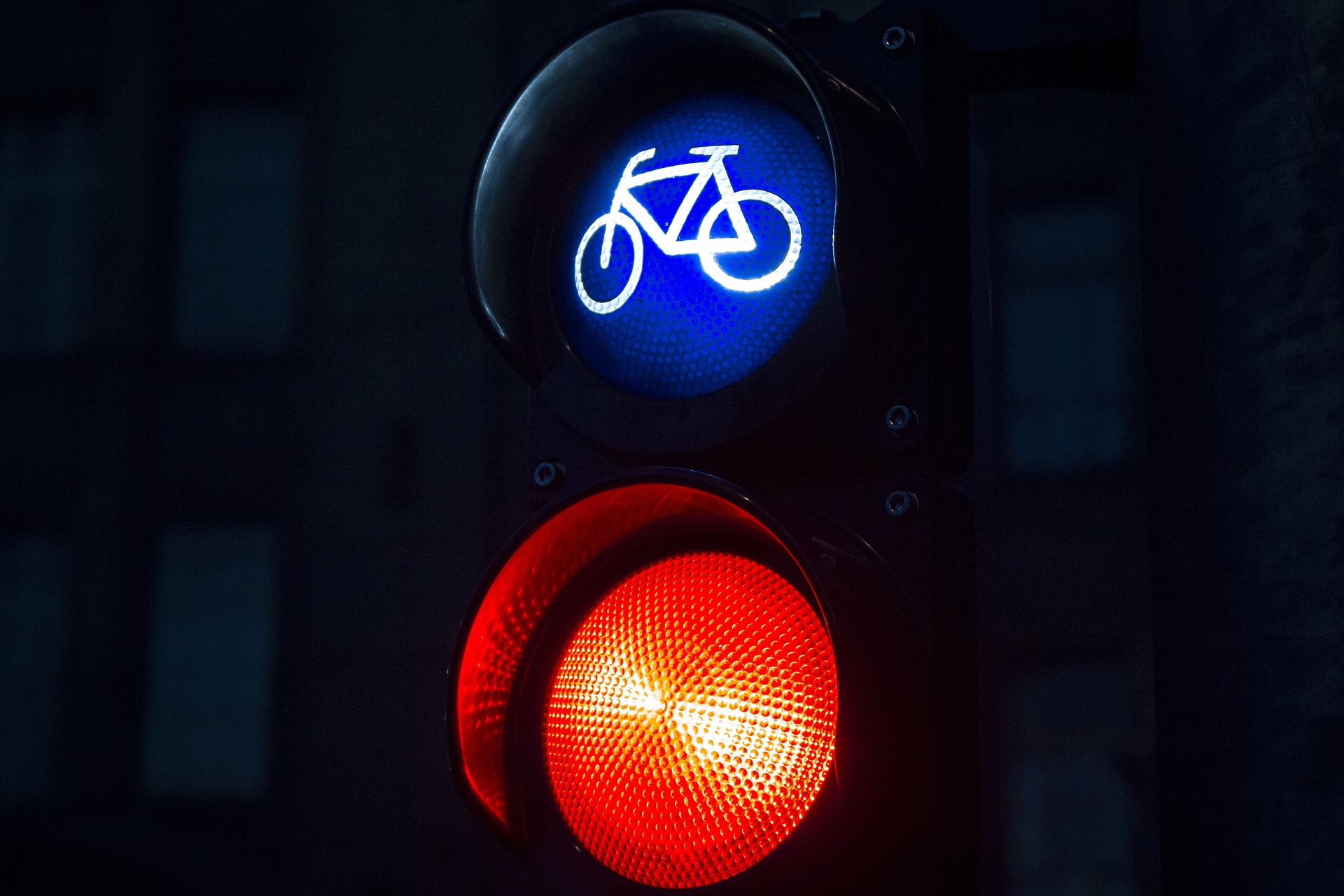
Rome: traffic lights managed by an AI
Google has tested a road traffic management algorithm with the task of optimizing the flow of vehicles by improving the alternation times of traffic lights. The results were excellent: it seems that artificial intelligence allows a significant decrease in traffic, limiting the number of traffic jams and allowing savings of up to 10% -20% on drivers’ consumption, thus also helping the environmental issue.
The experiment successfully completed in Israel is about to be replicated in other parts of the world, all extremely crowded: cities like Rio de Janeiro and Rome could in fact be next on the Google innovation list. In fact, a proposal for Italy has been filed that will be discussed in these days to apply this new technology in Milan and Rome, two cities where the traffic problem is extremely sensitive.
If the expected results were confirmed, it would be a good step forward in the mobility of cities in which the estimated average time per year spent in city traffic is close to three full days. Introducing this type of technology could also bring good advantages in terms of safety: the number of accidents in overcrowded areas is constantly increasing, a more fluid flow in mobility would reduce all the unexpected events due to haste, superficiality and nervousness, often present in traffic.
An innovation that from a certain point of view seems too futuristic given the times we are used to to introduce changes within our country, but which could become a reality in a few months. The estimated time for the installation of these new smart traffic lights is around six months and the funds needed to support the investment should already be available, but if necessary, PNRR funds could also be dedicated, which however would slow down operations.
We will therefore not have to wait long to find out if one of the most annoying problems of two of the most populous cities in Italy will finally begin to be solved.








